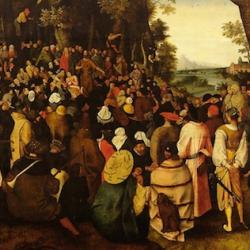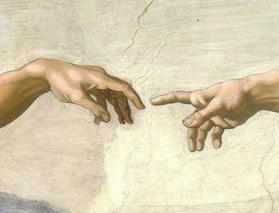Fundamental to any cultural scheme is the organization of the two basic coordinates of human life, space and time. A social and cultural world is at least a particular imaginative and physical ordering of these coordinates. Israel?s life as a people was patterned spatially by the sanctuary that was placed at the center of the wilderness camp and later permanently fixed in the temple at Jerusalem. Time was also patterned in relation to the temple, to temple festivals in particular. Thus, both spatially and temporally, Israel?s covenantal order centered on the table, the altar of Yahweh at the sanctuary. Participation in the cultural order that was Israel?s covenant, then, meant living in a world mapped out from the sanctuary and choreographed by the rhythm of feasts. In the New Covenant, there is no single earthly center; our sanctuary is in heaven, where Christ is, and any location on earth can serve as a place of worship. This makes the spatial imagination of the church more elusive than in the old covenant, but it does not eliminate the spatial aspect altogether. Temporally, our lives are fundamentally structured by the pattern of recurring days of worship. Participation in the new covenant means living in the community whose pattern of life is set by the heavenly sanctuary of Christ and the recurring Lord?s Day. Though hardly conclusive, this line of thought suggests that participating in the new covenant requires participation in this space and in this time.















